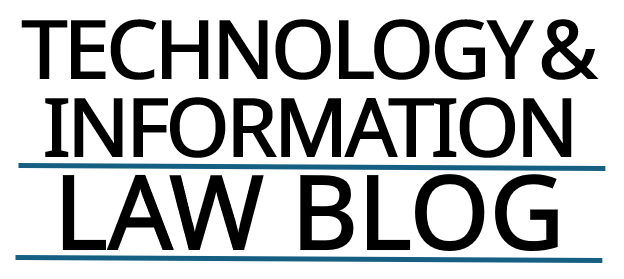In In re Forest, the Federal Circuit dismissed an appeal involving a patent application that would have issued after its statutory 20-year term expired. The court held that the applicant lacked any legally cognizable interest in obtaining such a patent, because it would confer neither enforceable rights under § 154(a) nor provisional rights under § 154(d). The decision reinforces the principle that expired patents are just that—expired—and cannot serve as vehicles for recovering damages through provisional rights alone.
While the court did not invoke the term, this case is a clear echo of the now-extinct “submarine patent” strategy that once plagued the U.S. patent system. Before the 1995 amendments to the Patent Act, U.S. patents had a term of 17 years from issuance. Applicants could delay prosecution and keep their applications hidden for years, only to surface with claims that covered industries that had developed in the meantime—hence the “submarine” metaphor. When those patents finally issued, they delivered a full 17-year term of enforceability, often wreaking havoc on unsuspecting companies.
Congress addressed this problem in the Uruguay Round Agreements Act of 1994 by shifting patent term to 20 years from the earliest claimed priority date for applications filed after June 8, 1995. This change curtailed the submarine threat by tying term to a fixed date, regardless of delays in prosecution.
Forest appears to be an attempted end-run around those reforms. The application at issue claimed priority back to 1995, meaning any resulting patent would have expired in 2015. Forest filed the application in 2016, long after that expiration. Aware that no exclusionary rights could issue, he argued instead for provisional rights under § 154(d)—the right to a reasonable royalty for infringing uses during the period between publication and issuance.
The Federal Circuit rejected this argument, holding that provisional rights are only granted “in addition to” exclusionary rights and cannot be awarded in isolation. Drawing on the plain meaning and structure of § 154, the court emphasized that provisional rights are inherently temporary and only exist to bridge the gap between publication and enforceable rights. If no enforceable rights can issue, there’s no basis for provisional rights either.
The court supported its interpretation with several statutory construction principles and Supreme Court precedents. Citing King v. Burwell, 576 U.S. 473 (2015), the court noted that words must be understood in context and within the overall statutory scheme. It also leaned on Institut Pasteur v. Focarino, 738 F.3d 1337 (Fed. Cir. 2013), which held that the PTO may not grant rights beyond the statutory term, and Jones v. Hendrix, 599 U.S. 465 (2023), which cautions against interpreting statutes in ways that contradict foundational legal principles absent a clear statement from Congress.
The court also reviewed the legislative history underlying § 154(d), finding nothing to support the idea that provisional rights could extend beyond the patent term. On the contrary, statements from stakeholders made clear that the purpose of provisional rights was to compensate for time lost during examination—not to revive expired claims.
Key Takeaways:
- Patent rights are time-limited by statute and the Constitution. A patent application that would issue after its 20-year term has no enforceable rights and therefore cannot support an appeal.
- Provisional rights under § 154(d) are not freestanding. They are temporary, pre-issuance rights that depend on the eventual issuance of a valid patent with enforceable term.
- Attempts to revive “submarine-like” strategies will fail. Forest is a reminder that creative attempts to recover value from expired applications are unlikely to succeed under the modern patent regime.
In the end, In re Forest underscores that the system Congress designed to eliminate submarines is still watertight. Provisional rights are not a loophole—they are a limited remedy tethered to valid, timely patents. Practitioners should be vigilant in managing prosecution timelines and wary of investing in patents long after their statutory clock has run out.
By Charles Gideon Korrell

